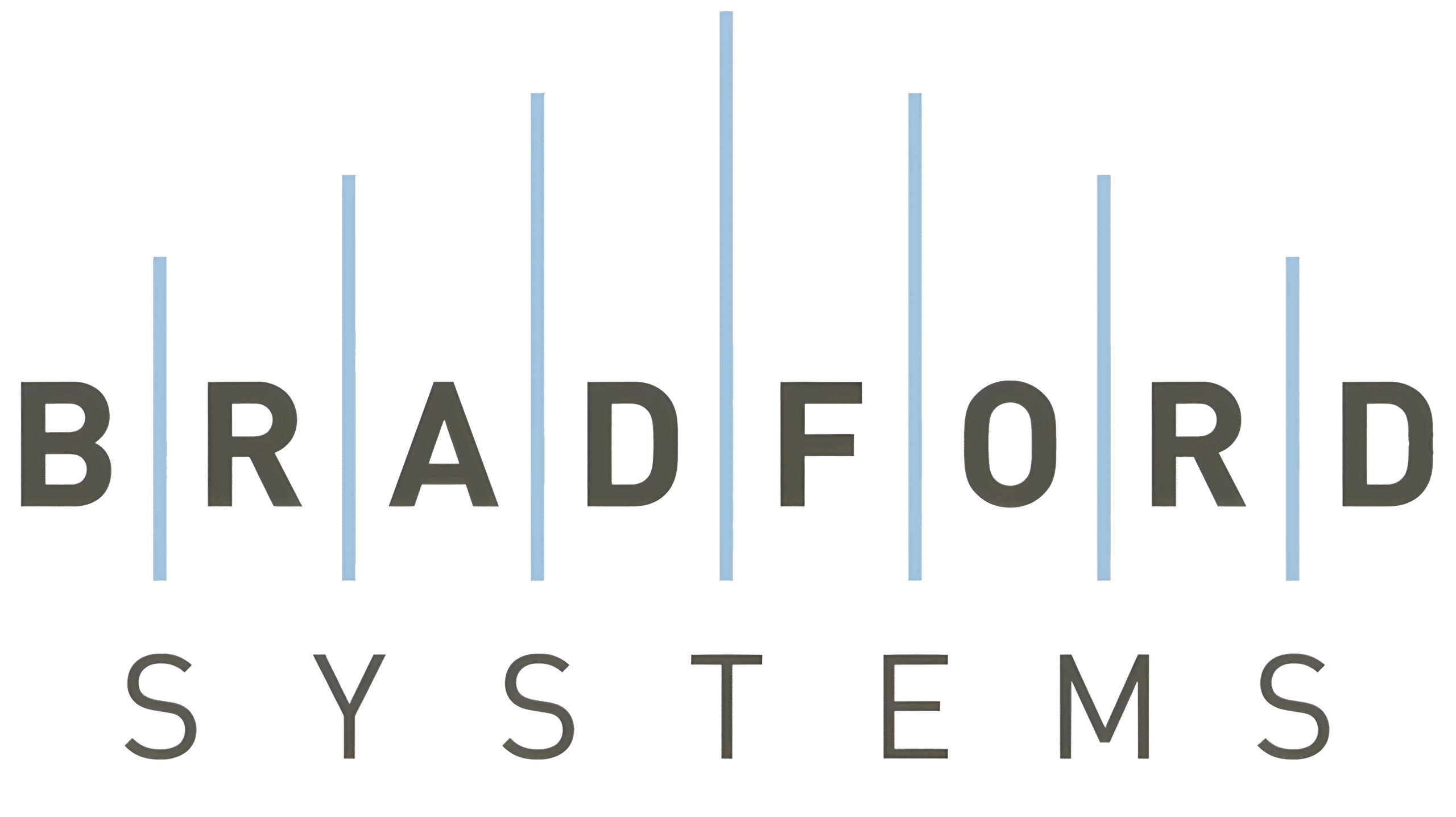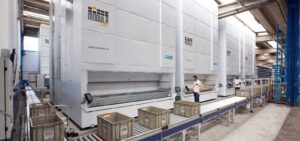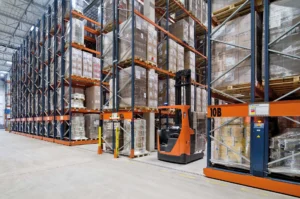Archival collections hold immense cultural, historical, and educational value, especially when preserving memorabilia. Preserving these collections demands a strategic approach to ensure they remain intact for future generations. From rare manuscripts to ancient artifacts, these items are often irreplaceable and vulnerable to damage from environmental factors, improper handling, and inadequate museum storage systems. At Bradford Systems, we specialize in delivering advanced storage systems designed to protect and organize archival collections across industries. Here, we delve into best practices and innovative solutions to safeguard your valuable assets.
Understanding the Challenges of Archival Preservation
Archival collections face numerous risks, including:
- Environmental Factors: Fluctuations in temperature and humidity can degrade materials like paper, textiles, and photographs. Excessive moisture leads to mold growth, while dry conditions can brittle materials.
- Physical Damage: Improper handling, overcrowded storage, and exposure to light can lead to physical deterioration, such as fading, tears, and disintegration.
- Pest Infestation: Archives are susceptible to pests like rodents and insects, which can cause irreversible damage to materials.
- Space Constraints: As collections grow, institutions often struggle to find space for storage without compromising accessibility and organization.
By addressing these challenges with specialized storage systems, organizations can ensure the longevity of their collections.
Best Practices for Archival Collection Storage
Adopting industry best practices is essential for protecting archival collections. Here are some key steps:
- Environmental Control:
- Maintain a consistent temperature of 65-70°F and relative humidity of 35-50%.
- Invest in HVAC systems and dehumidifiers to regulate the environment.
- Use UV-blocking filters on windows and lights to reduce light exposure.
- Proper Handling Procedures:
- Train staff and volunteers on safe handling techniques.
- Use gloves when handling sensitive materials like photographs and manuscripts.
- Avoid overcrowding shelves and storage spaces.
- Organized Storage Solutions:
- Implement a cataloging system to improve accessibility.
- Use acid-free boxes, folders, and other archival-quality materials.
- Clearly label storage containers to minimize unnecessary handling.
- Integrated Pest Management (IPM):
- Conduct regular inspections for signs of pests.
- Store materials in sealed containers when possible.
- Keep the storage area clean and free of food or organic debris.
Innovative Storage Solutions from Bradford Systems
At Bradford Systems, we provide cutting-edge storage solutions tailored to the needs of archival institutions, museums, museum cabinets, libraries, and corporate archives, including flat file cabinets. Our solutions combine functionality, durability, and accessibility to meet the highest preservation standards, making them ideal for curators.
1. High-Density Mobile Shelving
High-density mobile storage shelving systems, designed by spacesaver experts, are a game-changer for institutions with limited space, as they optimize your footprint. These systems maximize storage capacity by eliminating fixed aisles, allowing shelves to move on tracks. Key benefits include:
- Space Optimization: Store more items in less space without compromising accessibility.
- Customizable Configurations: Adjustable shelves accommodate various collection sizes and shapes.
- Enhanced Protection: Reduce exposure to dust and light with enclosed shelving options.
2. Climate-Controlled Storage Units
Climate-controlled storage units provide the ultimate solution for items requiring strict environmental controls. These units offer:
- Temperature and Humidity Regulation: Maintain stable conditions to prevent deterioration.
- Customizable Settings: Tailor environments to materials like film, textiles, or paper.
- Secure Storage: Protect valuable items with advanced locking mechanisms.
3. Archival Cabinets
Archival cabinets are ideal for preserving flat materials such as maps, blueprints, and artwork. Features include:
- Acid-Free Interiors: Prevent chemical reactions that can damage materials.
- Smooth Drawers: Minimize friction during retrieval.
- Compact Design: Save space while offering excellent protection.
4. Preservation Cabinets
Designed for fragile and high-value artifacts, preservation cabinets offer:
- Sealed Enclosures: Prevent dust and pollutants from entering.
- Advanced Ventilation: Ensure proper airflow to maintain material integrity.
- Custom Sizes: Fit various collection types and storage spaces.
5. Art Racks and Shelving
For museums and galleries, art racks and shelving systems are perfect for storing and displaying artwork. These systems provide:
- Vertical Storage: Prevent damage to canvases and frames.
- Sliding Racks: Improve accessibility and save space.
- Protective Coatings: Avoid scratches and abrasions during handling.
The Future of Archival Preservation
As technology advances, the field of archival preservation continues to evolve. Digital archives, smart storage solutions, and AI-driven cataloging systems are transforming how we manage and protect collections. At Bradford Systems, we stay ahead of the curve by integrating the latest innovations into our offerings, ensuring your collections are preserved with cutting-edge solutions.
Conclusion
Preserving archival collections requires a combination of best practices, state-of-the-art storage systems, and expert support. Bradford Systems is committed to helping institutions protect their invaluable assets with innovative and reliable solutions. Contact us today to learn more about our products and services or to schedule a consultation.
Ready to enhance your archival storage? Partner with Bradford Systems for customized solutions that protect and organize your collections. Contact us today!
What is the ideal temperature and humidity for storing archival collections?
The best temperature to store historical collections is about 65-70°F (18-21°C). The right humidity level should be between 30-50%. Keeping these conditions in a controlled space helps stop damage and keeps items from falling apart.
How often should archival materials be inspected for damage?
Regularly checking archival materials is very important. This helps find and reduce possible damage. It’s a good idea to inspect these materials at least one time every year. However, you should change this schedule based on what the collection needs and where it is weak.






